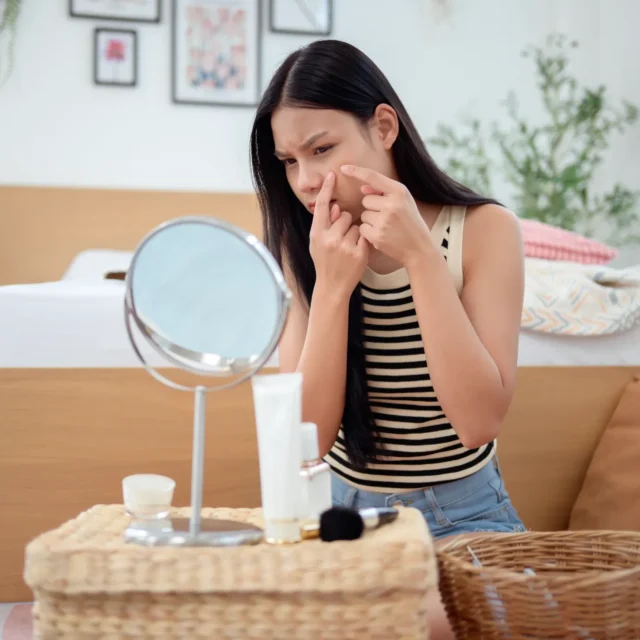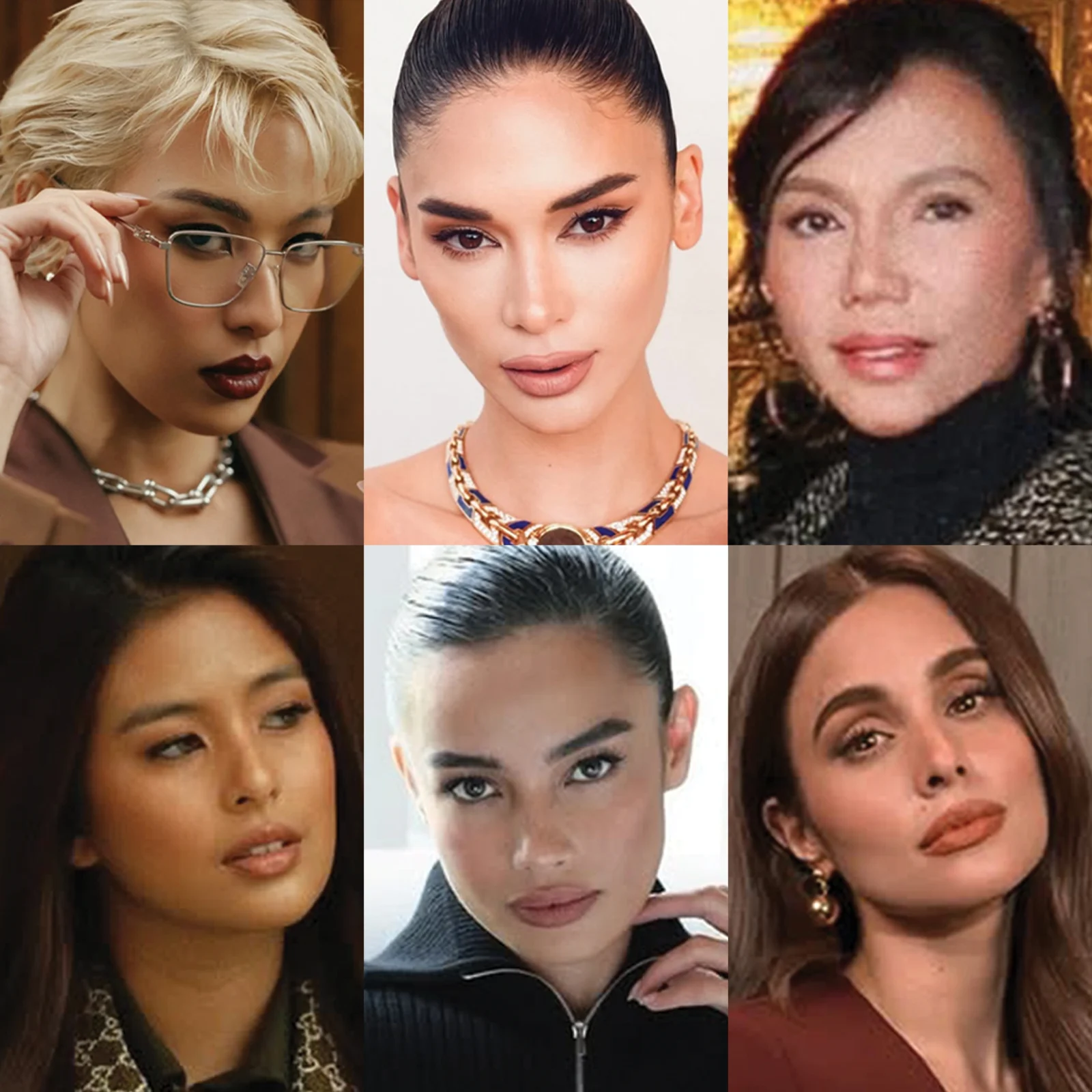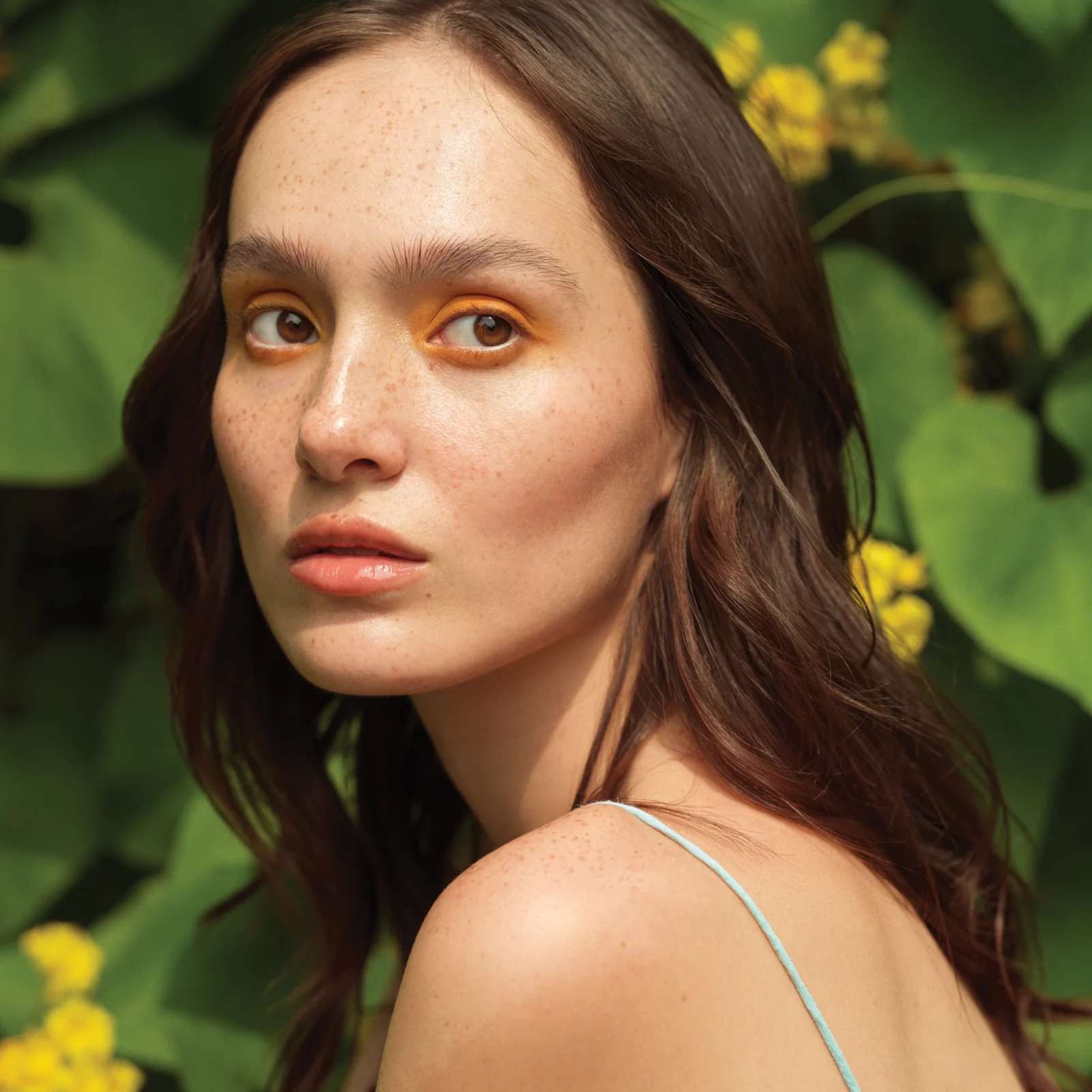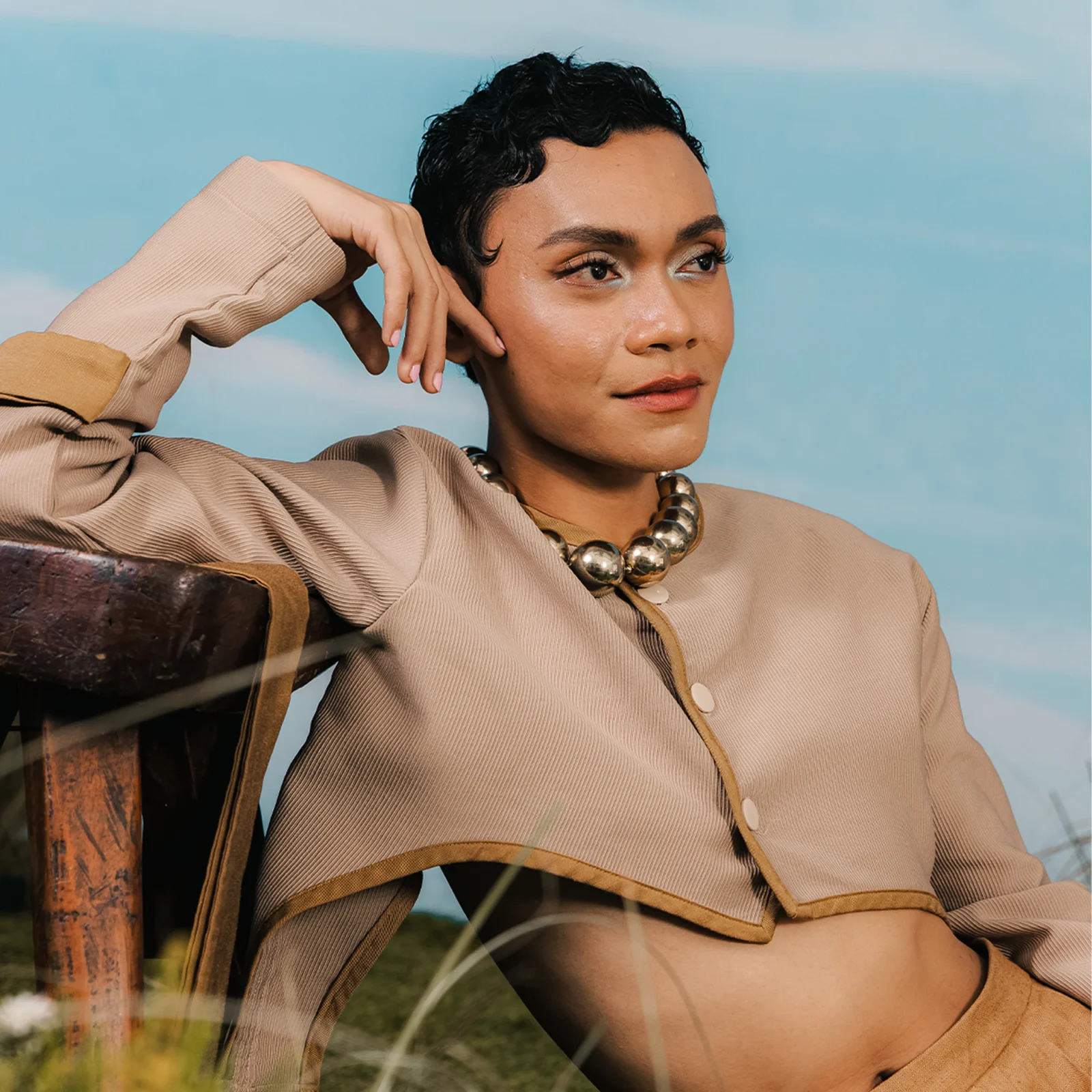This Is Chelsea Manalo’s Real Crowning Glory
Turns out, her crown was there long before coronation night.
By Leira Aquino
Photographed by Jerick Sanchez
On a normal day, Chelsea Manalo doesn’t overthink her hair. She simply just lets it be. Sometimes it’s up in a bun, sometimes out in its full textured glory. Either way, it’s always unapologetically hers. “I just shower and oil my hair,” she says with a smile, as though her entire Miss Universe Asia reign isn’t swirling around her. She likes to keep it simple.
But her relationship with her hair hasn’t always been this healthy.
“Nabubully ako [before] when it comes to my hair,” the Black Filipina beauty queen admits, referring to her big, curly hair—striking and unmistakable, the kind that makes people look twice. “When you’re a child, they don’t understand kung ano yung ethnicity mo, diba? You’re a foreigner, you’re unique in the eyes of new people and children.”
It was a love-hate relationship, she says. For a long time, it leaned more toward hate. Manalo would beg her mom for pigtails or buns just to avoid being teased. She never had her hair rebonded though. “I’m proud to say I love my curls so much,” she now says proudly. “I never had my hair rebonded at all.”
Today, she wears those curls like a crown, not because it’s perfect or polished, but because it’s hers.
Manalo’s hair, like her story, is a testament to identity. It curls and spirals with the strength of her roots: Filipino, African, woman, beauty queen, and now, representative of a new era of beauty in the Philippines.
It wasn’t until she was 14 and starting to model that she began to truly see her hair differently. “That’s when I really saw that you can really embrace it and there’s much more to your hair,” she recalls. “You can style the curls in so many ways. That’s when I had the love for my hair. I really took good care of it.”
In a culture that often favors straight, sleek textures, Manalo’s entrance into modeling felt quietly radical. “They really wanted to highlight the curls,” she remembers of her early magazine shoots. “That’s when I started loving it.”
But as any woman with curly hair in the Philippines knows, embracing your texture isn’t just about aesthetics, it’s about pride, resistance, and protection. “In the Philippines, we don’t really have a lot of salons or products that actually look after your curls,” she says. “You want to be able to work with people who have experience with curls.” It’s more than beauty. It’s about being seen.
Like many Filipinas, Manalo grew up with quiet beauty lessons passed down from her mother. “She always told me to trim my hair a little bit to help it grow,” she shares. “And we put argan oil on the tips so it doesn’t really dry up.” Once a week, she oils her hair. “That’s my holy grail,” she says. “Minsan natural oil is also good. But hair oils help keep it shiny, more balanced, more enriched.”
She doesn’t subscribe to a strict regimen, but she listens. Both to her hair and to the people who understand it. “Right now, I’m still trying to understand and research what my hair needs and what it doesn’t,” she says. “Curly hair is very sensitive. To chemicals, to heat…It looks like it’s very coarse sometimes, but the more you do with it, the more you can damage it.”
Still, she experiments, on her own time. “As much as I like to try different styles, lagi pa rin ako umuuwi sa clean bun hair,” she laughs. “But sometimes I look at myself in the mirror and try different hairstyles. One day, sana matutunan ko mag-braid ng sarili kong hair.”
Her hair icons? “Alicia Keys and Tyra Banks. I love their hair so much, and they’re so proud of their own roots as well.”
For Manalo, the personal is political. Her curls are a statement. They are the result of generations of heritage and the weight of centuries-old beauty standards. But they are also a source of joy.
“This hair, this specific shoot,” she says of the Allure Philippines Hairitage shoot, “really is all about owning your own beauty. Straight, kulot, maitim or maputi ka, you’re already beautiful in your own self. Be proud of your own roots.”
And in a culture that once insisted on straightening difference out of its daughters, Manalo’s presence on the global stage is its own revolution. “For me to transition from being a beauty queen to being able to be an advocate for uniqueness, for the representation of your own beauty—then that is already enough for me to say this industry is evolving.”
More and more people are embracing their curls, she notes. “Sometimes, the messier, the better for them,” she laughs.
Today, Manalo doesn’t need to iron out her hair (or her voice) to be heard. When asked what wearing her hair with pride means now, she pauses, searching for the right metaphor. “It’s not always going to be perfect,” she says finally. “Your hair isn’t always going to be beautiful. But make sure you know your roots. Listen to the right people. So that no matter where you are, you’re never lost.”
Manalo may wear a literal crown, but her real crowning glory is the way she carries her truth, with coils, curves, and confidence. She’s not here to change herself to fit the standard. She’s here to remind you that you are your own standard.
“The moment you look at yourself in the mirror,” she says, “that’s you. That’s your own beauty. It’s not me. If you want to be me, be better than me.”
Art direction by Nicole Almero. Beauty direction by Trina Epilepsia Boutain and Leira Aquino. Modeled by Chelsea Manalo, Miss Universe Asia 2024. Makeup by Denise Go Ochoa. Hair by Jan Edrosolan. Styling by Ashley Jamlang, Steffi Satorre, and Ayi Custodio of StyLIZed. Nails by New Lounge.
Latest Stories
You might also like
To provide a customized ad experience, we need to know if you are of legal age in your region.
By making a selection, you agree to our Terms & Conditions.







